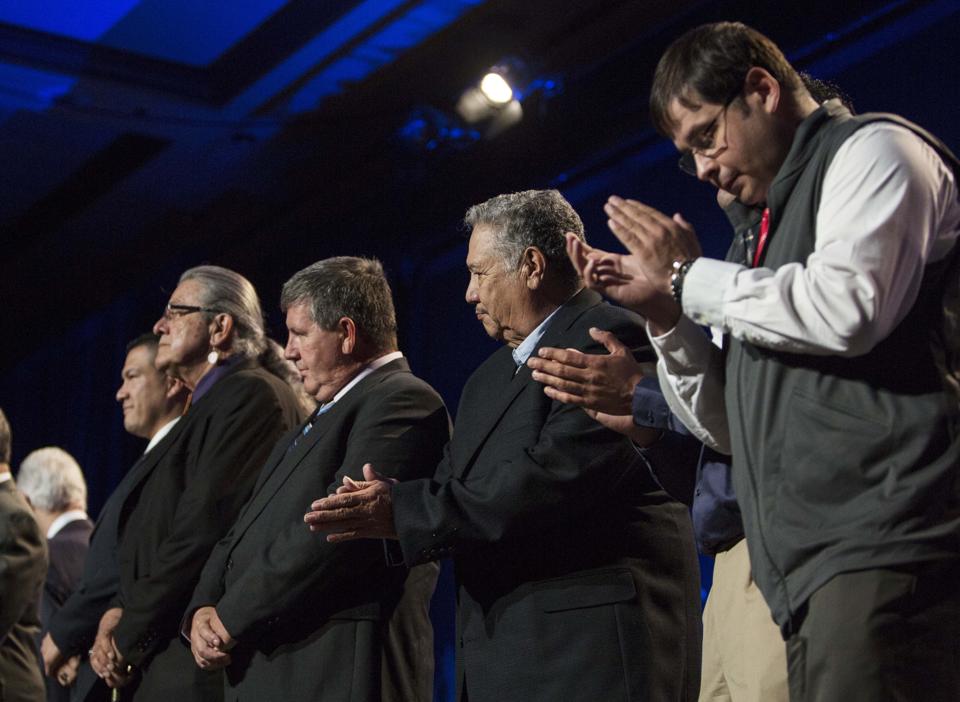SIOUX FALLS, S.D. (AP) -- A group of Sioux tribes in South Dakota are
hoping to pump some much-needed revenue into their economies with an
ambitious wind project, but some wind industry experts question whether
the tribes understand the hurdles they face with such a large-scale development.
Leaders from six Sioux tribes announced plans at last month's Clinton
Global Initiative to develop a renewable energy project that would generate
1 to 2 gigawatts of power annually. Funding for the up to $3 billion
project would come from the sale of bonds by a new multi-tribal power
authority as well as donations to a website.
"It gives Native tribes who aren't in populace areas and don't
have casino revenue a chance to earn some real money that can then be
used to reinvest into the community to diversify the economic base that
exists," Clinton said at the event. The Sioux tribes are located
in some of the poorest areas in the country.
But wind energy experts said the tribes face many obstacles in making
the project a reality.
"When I see plans for a thousand megawatts, I have to give a chuckle," said
Steve Wegman, an analyst for the South Dakota Renewable Energy Association,
who noted that the project is similar to one proposed years ago. "The
goal is good, but it's going to take them a long time to get there."
One of the biggest obstacles to the project is simply what to do with
so much energy in a state that doesn't demand a lot.
Wind energy demand in South Dakota sits at less than 800 megawatts currently.
Wegman said. Another 100 will be put on line in the next year.
"After that it's going to be slow going," he said.
Ron Rebenitsch, executive director of the South Dakota Wind Energy Association,
said all wind developers face three challenges: finding a buyer for the
energy, transmitting it and following the environmental and regulatory
requirements.
Since South Dakota is a small state that doesn't require a lot of power,
the multi-tribal power authority will need to look east to places such
as Minneapolis and Chicago, Rebenitsch said. But then the challenge becomes
getting it to those locations. New wind generation requires new lines,
and a gigawatt or more would require several major lines, which cost
about $1 million per mile and take up to a year and a half to build.
The tribes recognize that there isn't much demand locally, which is
why they're hoping to sell it to cities such as Anaheim, Calif., or Oklahoma
City and connect with a company that already has a transmission system
in place, said Paul Valandra, an economic development adviser with the
Rosebud Sioux Tribe.
He said building the wind energy project is in the national interest
and is "a little bit of social justice" for the tribes, who
have felt wronged by the U.S. government in the past.
"We're going slow, but we want to do a first-class job on this
project," Valandra said.
One advantage the tribes could have over other entities is building
the turbines on reservation land, which may not require gaining approval
from individual landowners for the project, Rebenitsch said.
"The tribe have some very good areas...If they can do it all on
tribal lands, they can probably move forward in that area," he said.


